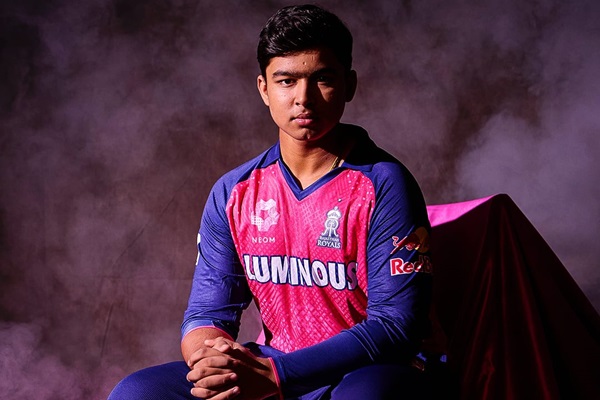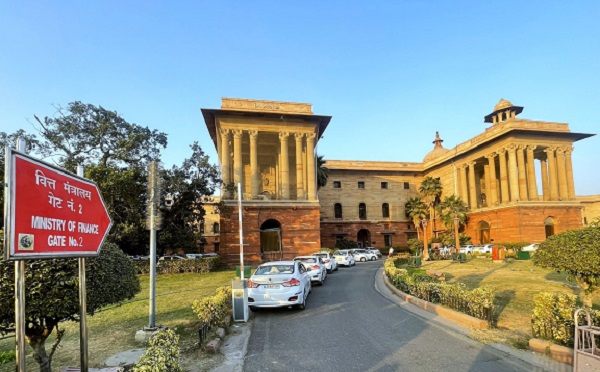.png)

Manoj Rane, who headed treasury at various foreign and domestic banks, was vice chair of FIMMDA and FEDAI. He is now an independent director advising finance firms.
April 25, 2025 at 2:34 PM IST
At 9:15 PM on April 19, 2025, a moment gripped India. A 14-year-old boy from rural Bihar, round-faced and unruffled, walked out to bat on cricket’s grandest stage. His first ball hit vanished into the stands. A few more strokes followed before his brief debut ended. But the impact was lasting.
The name Vaibhav Suryavanshi had entered the nation’s sporting consciousness, and with it, a new chapter in the business of cricket. Here was adolescence defying pressure, hinterland talent conquering the grand stage, and cricket’s future arriving faster than a Bumrah yorker.
The Indian Premier League is not just the biggest cricketing event in the country, it long ago eclipsed traditional formats in commercial and cultural resonance. Today, each franchise commands valuations in excess of $1 billion. Stadiums swell; broadcasters reshuffle prime-time line-ups to avoid clashing with matches. Even reality TV titans like Indian Idol yield airtime.
It is sport, yes, but also a business, a brand, and increasingly, a cultural monolith.
Calculated Bet
In that context, Rajasthan Royals’ decision to promote a virtually unknown teenager was not a flight of fancy. It was a calculated move.
With the team languishing at the bottom of the table this season, weighed down by the absence of bowling heavyweights Trent Boult, Yuzvendra Chahal, and Ravichandran Ashwin, and underperforming batters, the management needed to act. And act they did, with a decision that bore the hallmarks of modern boardroom strategy.
Introducing Suryavanshi at the top of the order served multiple objectives. It proved that the management recognised the team’s shortcomings and tried their best to fix them. If they succeeded, it would be hailed as visionary; if they failed, it would still be lauded as bold. In short, it was a no-loss play—a win-win in perception and narrative.
But IPL is not just about performance and results. The league thrives equally on emotion, star power, and showmanship. For instance, when MS Dhoni’s Chennai Super Kings play, they are met with seas of yellow, no matter the venue. The fervour often eclipses even that of local franchises. In such a backdrop, Suryavanshi’s debut did more than offer a glimpse of future talent. It created a human story that went beyond scorecards.
Young, unfazed, and gifted with natural flair, the young sportsperson from rural Bihar personifies the audacity and charm T20 cricket demands. Anecdotes are already aplenty: of him dismantling bowling machines at maximum pace, and dispatching senior pacers into the stands during practice. His narrative is one of aspiration, and the IPL—if anything—is fuelled by aspiration.
Strategic Shift
There’s a lesson for franchises here. They must recognise the strategic importance of the Powerplay overs. That’s when you need to pitch your hardest hitters and fastest scorers who are capable of striking at 200+ from ball one.
Teams must shed nostalgia and lean into data-driven aggression. The age of indulgence towards fading superstars must make way for ruthless optimisation. An even more important lesson is that the IPL is not just about making it through the rounds or qualifying for the playoffs. Building a brand-aligned emotional connection with fans is now as vital as qualification. But fan engagement must evolve. Franchises must curate personalities who not only perform but resonate. Players who generate curiosity, loyalty, and affection. Players like Dhoni, Virat Kohli, and now, Suryavanshi.
A team may not win the tournament, but it can still win hearts—and hearts, increasingly, are market share. A loyal fanbase is a strategic asset. It fuels merchandise sales, sustains television ratings, and attracts sponsors.
Parents are reportedly rushing to sports shops, inspired by a teenager who turned prime-time television into personal prophecy. Cricket’s talent pool is set to skew younger, faster, and hungrier. Franchises must prepare, and so must the establishment.
A ‘Margdarshak Mandal’ for older star players may sound cheeky, but the message is clear: the game is changing, and it is the responsibility of cricket’s veterans to ensure their legacy empowers, not impedes.
Suryavanshi is more than a player; he is a phenomenon, a test case. His rise encapsulates where the IPL is headed. It is not just about who wins the trophy; it is about who owns the story.




